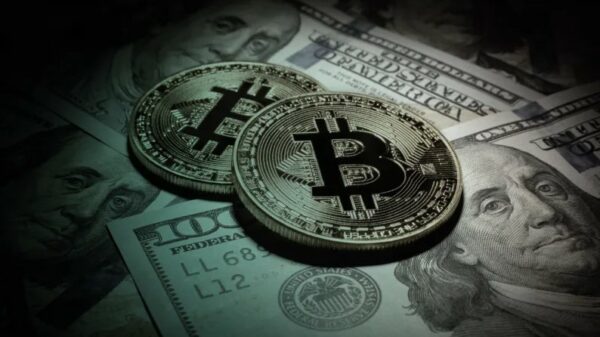A survey released by the New York Federal Reserve on Monday revealed that consumers are increasingly skeptical about the Federal Reserve's ability to achieve its inflation targets in the near future.
While inflation expectations for the next year remained unchanged at 3%, the outlook for the longer term painted a different picture. Over a three-year horizon, expectations rose by 0.3 percentage points to 2.7%, and the five-year outlook saw an even more significant jump, increasing by 0.4 percentage points to 2.9%.
These findings suggest that consumers are losing confidence in the Federal Reserve's capacity to bring inflation under control promptly, as their expectations for inflation over the longer term continue to creep higher.
All three inflation expectation horizons (one-year, three-year, and five-year) are significantly above the Federal Reserve's target of 2% for 12-month inflation. This signals that the central bank may need to maintain a more restrictive monetary policy stance for an extended period. Economists and policymakers view inflation expectations as a crucial determinant in forecasting future inflation trends. Consequently, the elevated inflation expectations revealed in the February Survey of Consumer Expectations could be an ominous sign for the Fed's efforts to rein in persistent price pressures.
“Longer-term inflation expectations appear to have remained well anchored, as reflected by a broad range of surveys of households, businesses, and forecasters, as well as measures from financial markets,” Fed Chair Jerome Powell said last week during testimony on Capitol Hill. “We remain committed to bringing inflation back down to our 2 percent goal and to keeping longer-term inflation expectations well anchored.”
The headline inflation rate, as measured by the personal consumption expenditures (PCE) price index – the Federal Reserve's preferred gauge – rose 2.4% in January. When excluding the volatile food and energy components, core PCE inflation stood at 2.8%. While these figures represent progress in the Fed's fight against inflation, some economists have cautioned that the “last mile” towards achieving the 2% target will be the most challenging.
Market participants expect the Federal Reserve to maintain interest rates at their current levels when policymakers convene for their next meeting next week. However, futures markets tracked by the CME Group indicate that investors are pricing in a rate cut in June, potentially followed by three additional cuts before the end of the year, signaling expectations for a more accommodative monetary policy stance in the coming months.
Other inflation measures in the February survey provided some encouraging signs. Notably, the outlook for rent costs decreased by 0.3 percentage points to 6.1%, marking the lowest reading since December 2020. The shelter component has remained the most persistent driver of inflation, but Federal Reserve officials believe it will ease as the year progresses and tenants renegotiate new leases.
In other categories, the one-year outlook for gasoline prices rose marginally by 0.1 percentage points to 4.3%, while expectations for medical care costs fell by 1.8 percentage points to 6.8%. The outlook for food prices remained unchanged at 4.9%. However, the survey indicated that consumers expected higher household spending over the next year, with that measure rising by 0.2 percentage points to 5.2%.
Respondents also expressed some unease regarding job prospects. The perceived probability of losing one's job in the next year increased by 2.7 percentage points to 14.5%, reflecting heightened concerns about employment security.









